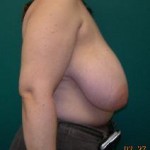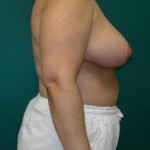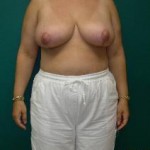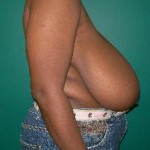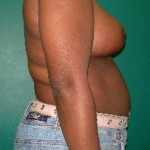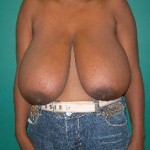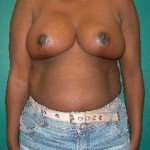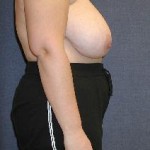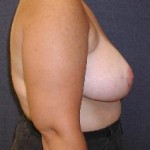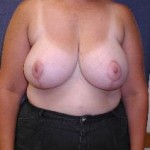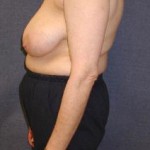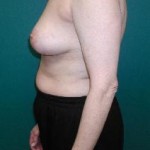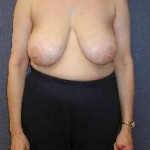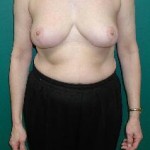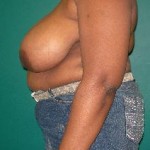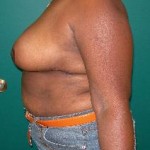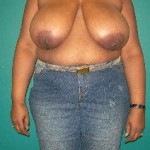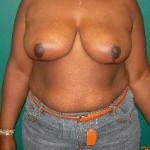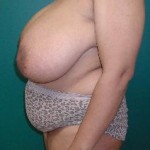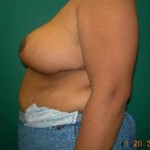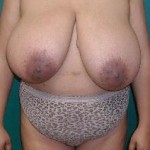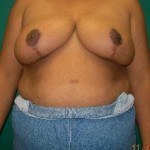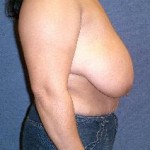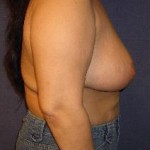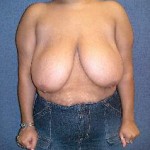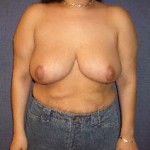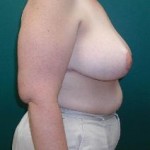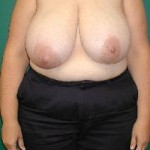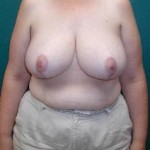Breast Reduction
UPMC Stofman Plastic Surgery Group provides Breast Reduction to patients from Pittsburgh and the surrounding area.
A breast reduction, also knows as a reduction mammoplasty, is a procedure that is generally performed to alleviate symptoms associated with overly large and heavy breasts that can interfere with a person’s daily activities as well as their self esteem.
Why Breast Reduction?
Excessive breast development can lead to significant physiological and psychological distress. Large breasts can become an unwanted deterrent to a woman’s ability to perform her job duties, exercise, or to wear fashions that may lead to undesirable attention.
In addition, the excessive weight of overly large breast development can cause both neck and back pain, as well as chronic skin irritation from maceration of the skin beneath the breasts. Because exercise can be difficult, weight gain is common in women with enlarged breasts.
The most common complaints include:
- Back Pain
- Neck Pain
- Bra Strap Indentations
- Recurrent Skin Rashes
- Posture Problems
- Inability to Exercise
- Unwanted Attention
Is Breast Reduction Right For Me?
If you are considering Breast Reduction, it is important that it be done for the right reasons, and that you have realistic expectations for the outcome. Breast Reduction may be a good option for you if:
- You are in good physical health
- You have breasts that are fully developed
- You are unhappy with having overly large breasts
- You are experiencing physical discomfort from overly large breasts
- Your breasts are asymmetrical
During your initial consultation, our team of highly-skilled surgeons will discuss your expectations, and create a solution that will help you best meet your long-term goals.
Breast Reduction Procedure
Depending on the extent of the reduction needed as well as the lift needed, there are several different options for incision placement, which will be determined based on what suits each individual patient:
- Periareolar Incision – located in a circular pattern around the areola.
- Keyhole Incision – located around the areola with two incisions vertically down to the breast crease.
- Anchor Incision – located around the areola, vertically down to the breast crease, and horizontally across the inframammary fold.
Breast Reduction surgery is performed under general anesthesia. Once the incision has been made, the breast tissue is lifted, reshaped, and then held in place with sutures. Excess tissue and skin are removed, and the incisions are brought together to produce a smaller breast.
A Breast Reduction may involve repositioning the nipple and areola to a higher location should skin above the nipple be reduced. In cases where extremely large breasts pose an issue, the nipple and areola may need to be transferred as a skin graft to the new position. In addition, if a nipple reduction is also desired, excess skin at the perimeter of the areola may be excised.
Breast Reduction Recovery and Results
Following Breast Reduction, smaller and more youthful breasts are visible immediately and will become even more apparent as the swelling and bruising subside. While Breast Reduction scars will be noticeable at first, they generally will fade over time. Scarring varies between individuals.
Breast Reduction patients report a boost in self-confidence knowing that their breasts are elevated as well as in proportion with the rest of their body. In addition to being relieved from the physical limitations and pain from having overly large breasts, the results are long-lasting. Over 90% of women surveyed following Breast Reduction reported that they would undergo the procedure again. caused by overly large breasts.
Be sure to ask questions: It’s crucial to to address any concerns that you may have with our experienced staff. All successful surgeries begin with open and honest communication between doctor and patient. Are you considering Breast Reduction? Contact us to schedule a consultation and let us educate you about your options and the procedures available.

